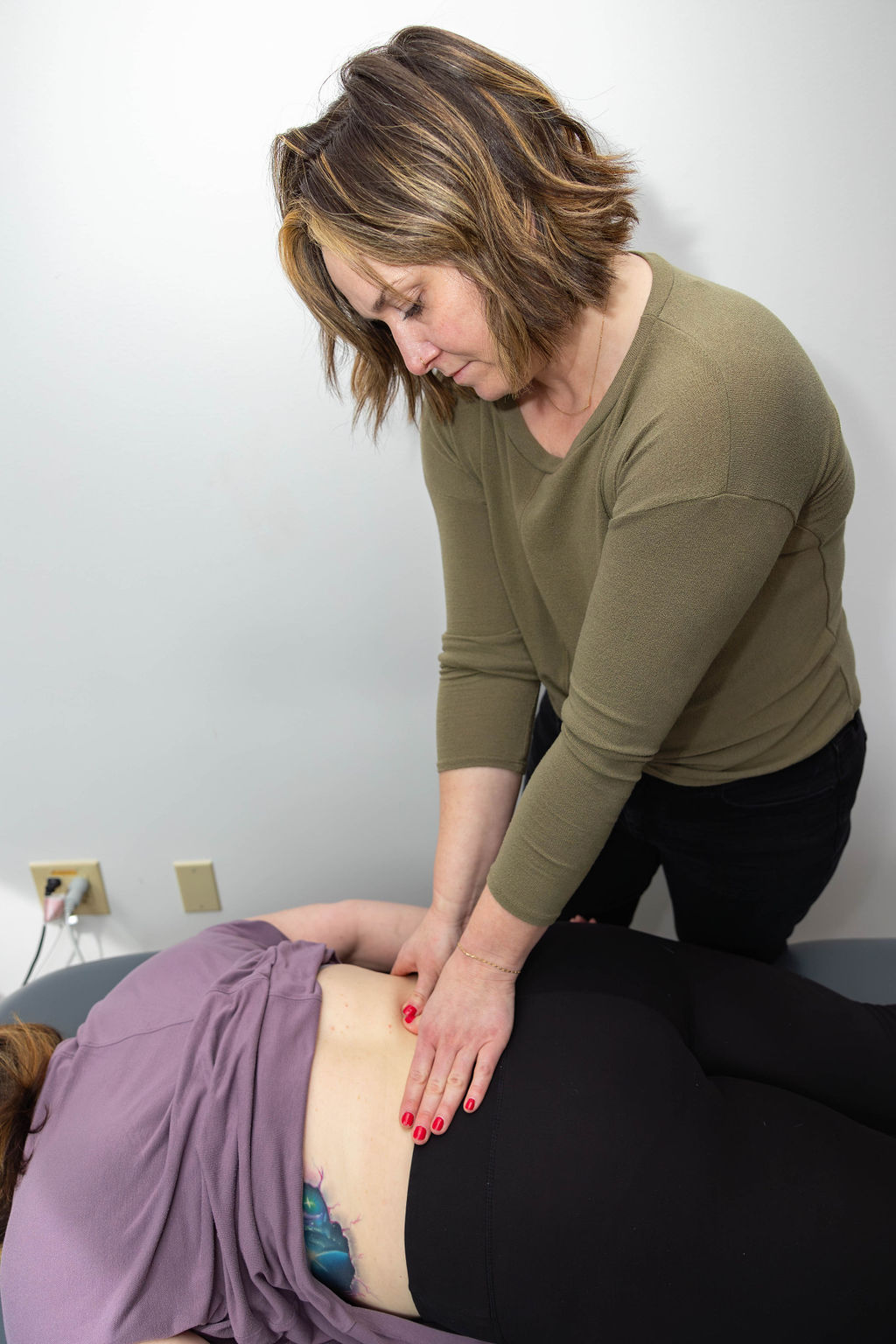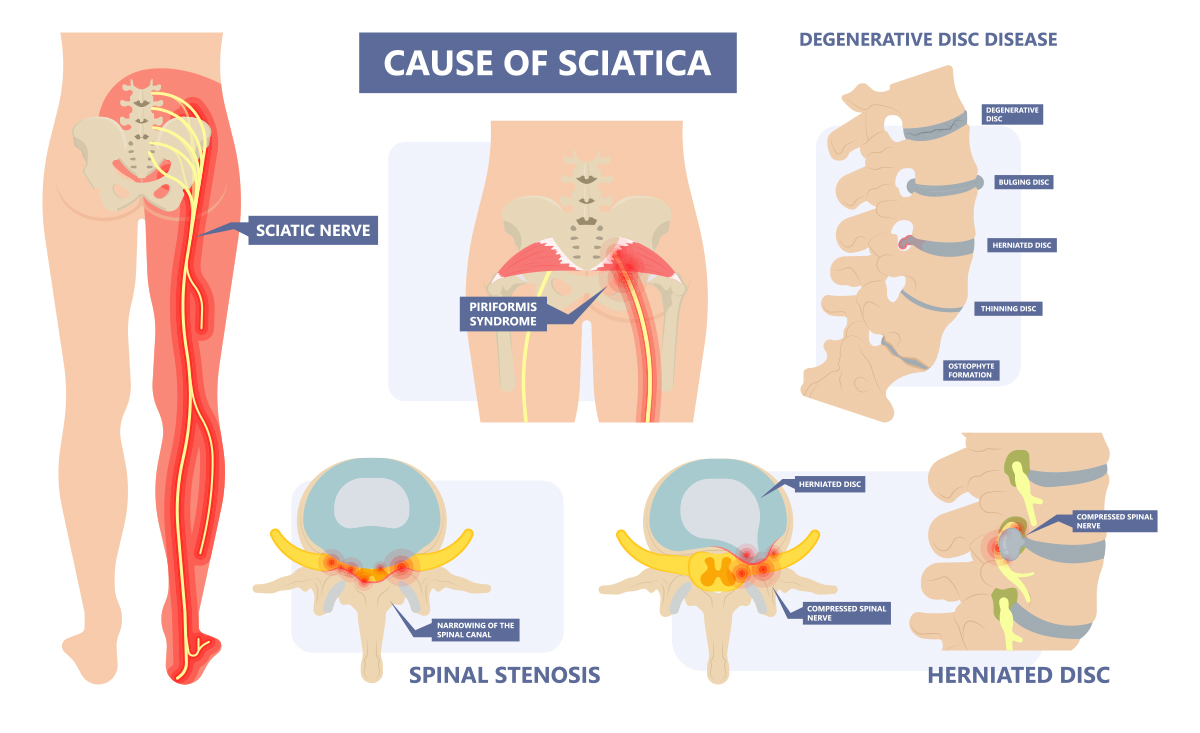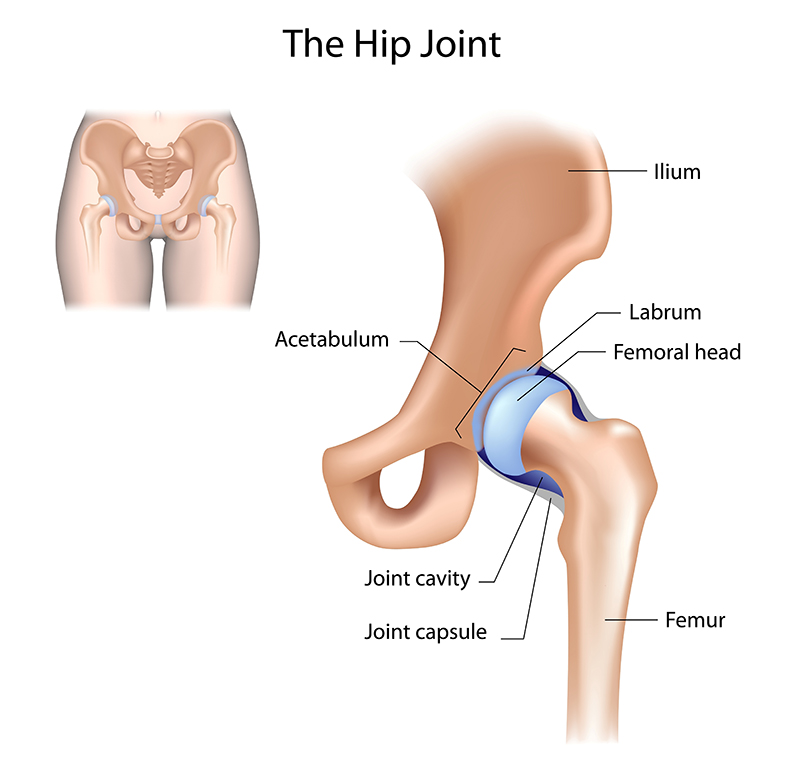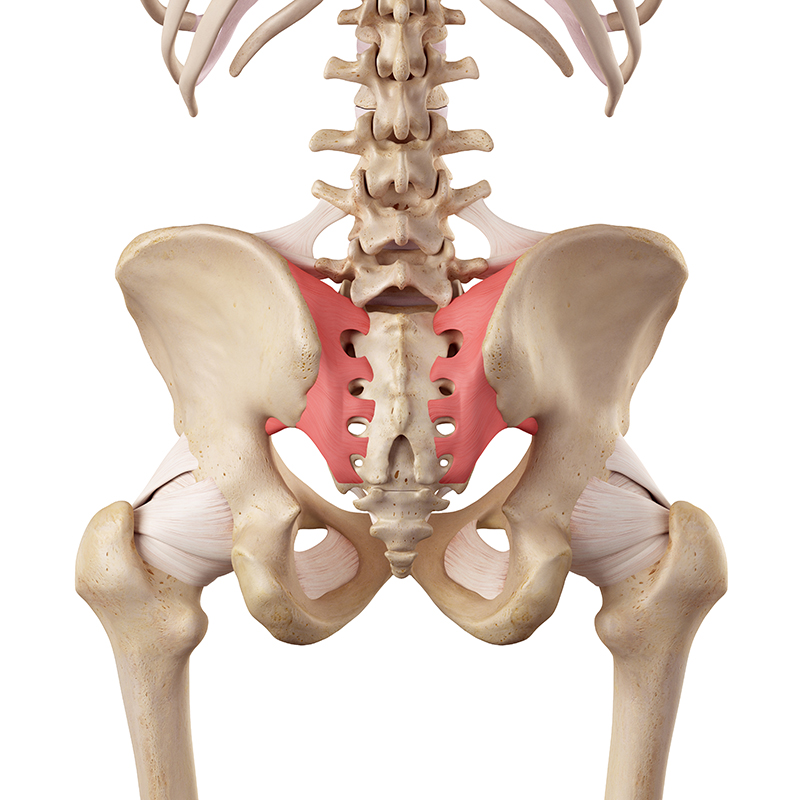Physical Therapy for Lower Back, Hip, and SI Joint Pain
Get to the root of your pain—we treat the cause, not just the symptoms, for lasting relief and real results.

Physical Therapy for Lower Back, Hip, and SI Joint Pain

Get to the root of your pain—we treat the cause, not just the symptoms, for lasting relief and real results.
ResilientRX can help you get rid of Lower Back, Hip, and SI Joint Pain!
Do you have pain radiating down your leg? Is your low back pain affecting you while sitting, standing, walking or exercising? Does your groin pain increase while sitting, walking or running? Do you have buttock pain while exercising or even performing daily tasks? Have you been diagnosed with “sciatica”?
Sciatica
What Is It?
Sciatica is a word that is commonly misused to diagnosed low back pain. The sciatic nerve is simply a large neve that moves from the low back into the back of the leg and stops just above the knee before it splits, so it wouldn’t make sense to call something “sciatica” if the symptoms are in the foot.
Basically what people mean when they say sciatica, is a “nerve impingement”.
Lumbar radiculopathy is due to impingement of the nerve root exiting the cervical spine (AKA pinching of the nerves). This can occur by narrowing of the canal that the nerve extends out from (ie swelling, decreased disc height, bone spurs—AKA disc degeneration ) if >50 years, however those under <50 years it is more commonly due to a disc herniation as the disc height is better and the discs are more hydrated increasing its risk of being herniated.
When these nerves exit the spinal cord, they branch off into motor and sensory nerves (those that control our muscles and sensation). One or both of these nerve issues can be present. Most often, it is sensation changes as this nerve root closest to the disc. However, if muscle weakness is involved, this means that there may be more nerve impingement or irritation. Lumbar radiculopathy can sometimes be very painful and debilitating, however, it can be treated without surgery.

Sciatica
Many people complain that they:
- Weakness in the leg, knee or foot that has a fairly sudden onset
- Numbness or tingling in the thigh, knee or foot (sometimes without back pain)
- Low back pain with radiating pain or numbness in the thigh, knee or foot
- Difficulty walking
- Difficulty sleeping
Herniated Disc in the Low Back
What Is It?
This is also called a “slipped disc”, “HNP” (herniated nucleus pulposus), bulging disc etc. This is when the inside of the disc, nucleus pulposus, which is a gel like substance, pushes through the Annulus Fibrosus, the thick outer edge.
This can cause referred pain into the shoulder upper trap neck & area. It is important to note that although there may be a structural damage on imaging such as an MRI, that this be likely heard that this occurred is usually due to compensation and repeated movements overtime. Finding a provider that looks at why this occurred in addition to addressing the pain is vital.
It is important to note that a disc herniation does not mean there is a pinched nerve. Sometimes the herniation does not extend outside of the disc which can cause referred pain.
Many people complain are that they:
- Pain radiating into the buttock, groin or hip area
- Limitations in hip and low back mobility
- Muscle tightness in buttock, back or hip region
- Pain with bending, lifting or sitting

Herniated Disc

Hip Labral Tear
Hip Labral Tear
What Is It?
The labrum is a suction cup like cartilage that helps to stabilize the “ball and socket” joint of the hip. This means that a person may feel catching, clicking or grinding in the joint due to the femoral head coming in contact with the tear.
When this is torn, it can cause pain or feeling of instability during daily activities or even high level activities such as running.
Depending on the severity of the tear and the activities you would like to perform, physical therapy can be a great option to help restore your motion, reduce pain and improve strength. We have helped many people successfully avoid surgery by improving hip stability in all ranges to help reduce repeated irritation on the torn area.
It is important to note that this can be misdiagnosed often as many people have labral tears that do not have symptoms. Sometimes it can be referred from the lumbar spine (often T12/L1 region), so it is important to find a therapist who addresses above and below the hip joint
Many people complain are that they:
- Clicking, locking or catching
- Feeling groin pain with sitting, step ups or crossing legs
- Feeling unstable in the hip
- Difficulty with repeated hip flexion activities
SI joint Pain
What Is It?
The SI joint is very stable joint that is surrounded by muscles and ligaments (tissue that connects bone to bone). This is a common area that is misdiagnosed as well because the lumbar spine (low back) or hip refers into the SI joint area, therefore it is often diagnosed on the location of pain vs where the pain is originating from, leading to incorrect diagnosis.
However, SI joint pain can happen, but is not as common as low back or hip dysfunction due to the stability of the joint. Most commonly it occurs during pregnancy (and postpartum) due to laxity in ligaments. It can also occur if you perform repeated single leg activities on a regular basis, or due to a traumatic injury (ie car wreck) that causes so much force to the SI joint that it can cause a dysfunction
Many people complain are that they:
- Pain with single leg activities
- Discomfort in the buttock
- Pain with using stairs
- Aches with jumping
- Feeling like the pelvis needs to “pop”


